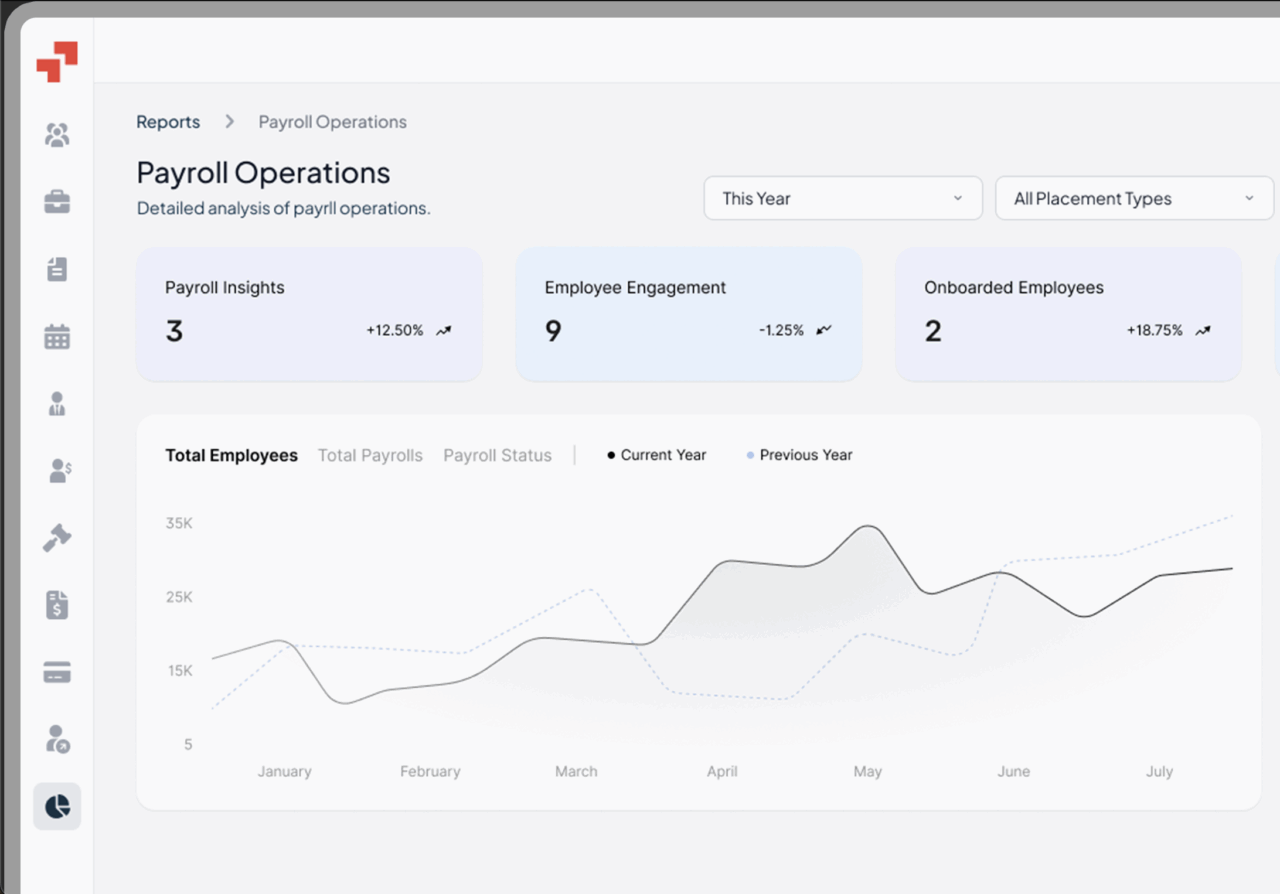Global Workforce GlossaryData Processing Agreement (DPA)
What is a Data Processing Agreement (DPA)?
A DPA is a legally binding contract between a data controller and a data processor that outlines how personal data is processed, stored, and protected, and is required under applicable data protection laws, including the General Data Protection Regulation (GDPR).
It ensures compliance with data protection laws, such as the GDPR (EU), CCPA (US), and the UK Data Protection Act, clarifying responsibilities, liability, and security measures.
DPAs are required for any personal data processing conducted under applicable data privacy laws to ensure that contractual clauses align with regional regulations and legal obligations.
Table of Contents
- What is a Data Processing Agreement (DPA)?
- Why is a Data Processing Agreement necessary?
- What is a data processor?
- What are the key clauses or elements of a DPA?
- Data Processing Agreement vs Standard Contractual Clauses vs Data Transfer Agreements vs Data Protection Agreements?
- When should a DPA be signed?
- Are DPAs legally required?
- What happens if a DPA is not signed?
- What are the penalties for failing to sign a DPA?
- How does a DPA relate to GDPR and other data privacy laws?
- Example Scenario
- FAQ’s
Why is a Data Processing Agreement necessary?
DPAs establish clear accountability between controllers and processors, help ensure data protection, and define data usage responsibilities to mitigate regulatory risk and protect businesses from fines or reputational damage.
They formalise security obligations, breach notification procedures, and lawful data handling, critical for multinational operations dealing with sensitive customer or employee data.
DPAs also provide reasonable assistance to controllers and processors in upholding data subject rights and protecting personal data, ensuring compliance with data privacy regulations.
What is a data processor?
A data processor is any entity that handles personal data on behalf of a data controller, including cloud providers, payroll platforms, or outsourced HR services. The processor processes data strictly per the controller’s instructions, implements required technical and organisational security measures, and maintains audit records to comply with GDPR, CCPA, and other applicable laws.
What are the key clauses or elements of a DPA?
Key DPA elements include:
- Purpose and scope of data processing, including a clear description of data collection practices and specifying that data processing includes activities such as collection, storage, analysis, and communication.
- Types of personal data and categories of data subjects.
- Data security measures and information security requirements, including breach reporting and technical/organisational controls to protect personal data.
- Sub-processor obligations, with ongoing confidentiality requirements throughout all processing activities.
- Data transfer terms.
- Data retention and deletion policies, establishing clear timelines for how long data is stored and ensuring secure deletion once the data is no longer needed.
- Liability and indemnification.
- Contract termination provisions, specifying obligations at the end of data processing activities, including ongoing confidentiality after termination.
- Documentation and management of data processing activities, ensuring transparency and compliance; note that a DPA governs processor relationships, while a data sharing agreement applies to sharing between data controllers.
Each clause must be precise to avoid regulatory ambiguity.
Data Processing Agreement vs Standard Contractual Clauses vs Data Transfer Agreements vs Data Protection Agreements?
| Attribute | DPA | Standard Contractual Clauses | Data Transfer Agreement | Data Protection Agreement |
|---|---|---|---|---|
| Purpose | Governs the processing of personal data by a processor | Facilitates cross-border transfers outside the EU/UK | Governs transfer of data between entities, may include non-personal data | Umbrella term for privacy-related contracts |
| Scope of Data | Personal Data | Personal Data | Any Data | Personal Data |
| Legal Requirement | GDPR/CCPA | GDPR | Optional | Optional |
| Notes | Core contract between controller and processor; both the controller and the processor must sign the agreement, highlighting the shared responsibilities of both the data controller and the processor | Ensures lawful data transfer internationally | Broader than DPA, not strictly GDPR-focused | Can include DPAs, privacy policies, and security SLAs |
When should a DPA be signed?
Signing a DPA is a critical step that should be executed before any personal data is shared with a processor. Ideally, it is part of the onboarding or procurement process for cloud services, HR platforms, marketing tools, or any third-party vendor that processes personal data on behalf of your organisation for business purposes.
Contract management systems can help organizations efficiently track and manage DPAs, ensuring compliance and oversight for all data processing agreements related to various business purposes.
Are DPAs legally required?
Yes. Under GDPR (EU & UK) and other privacy regulations like CCPA (US), controllers must have a DPA with processors. It is strongly recommended to seek legal counsel to ensure your DPA complies with all applicable laws, including the Personal Information Act where relevant. Failing to do so constitutes non-compliance and exposes the company to fines, regulatory scrutiny, and operational risk.
What happens if a DPA is not signed?
Without a DPA, companies face regulatory non-compliance, potential data breaches, unclear liability, and reputational damage. A DPA helps prevent data breaches by clearly defining the party responsible for handling personal data and outlining protocols to follow in the event of a personal data breach. Processors may also refuse service, leaving operations unprotected and legally exposed.
Insurance claims or contractual indemnifications may be denied if no DPA exists.
What are the penalties for failing to sign a DPA?
Penalties vary by jurisdiction: GDPR violations can reach €20M or 4% of annual global turnover, whichever is higher. UK ICO fines mirror EU GDPR. US enforcement under the California Consumer Privacy Act (CCPA) and its amendment, the California Privacy Rights Act (CPRA), may include civil penalties of $2,500–$7,500 per violation, plus class-action risk.
These laws require strict handling of consumer data, including clear contracts with data processors and respect for consumer rights regarding their personal information. Executives must treat DPAs as a critical compliance tool.
How does a DPA relate to GDPR and other data privacy laws?
A DPA is essential for GDPR compliance, operationalising GDPR Article 28 obligations by defining roles, processing terms, and security requirements. It also supports compliance with CCPA, UK Data Protection Act, and other regional regulations by documenting accountability, cross-border transfers, and breach notification protocols. DPAs must specifically address cross border data transfers and international data transfers to ensure lawful movement of personal data across jurisdictions.
Additionally, DPAs should define how organizations analyze data, handle customer data, and protect sensitive data in accordance with legal requirements. Properly executed, a DPA is a compliance cornerstone.
Example Scenario
A US SaaS company expanding into the EU collects data from EU employees and is responsible for processing data in compliance with personal data processing requirements under GDPR. Before transferring employee data, the CHRO requests a signed DPA specifying GDPR-compliant security measures, breach notification timelines, and sub-processor obligations.
With the DPA in place, payroll data is processed securely, regulatory exposure is minimised, and the company can scale across 12 EU markets confidently. Without this DPA, any data breach could trigger fines exceeding $5M, contract disputes, and operational disruption, demonstrating the DPA’s strategic importance.
FAQ’s
How can a data processor create a DPA and ensure compliance?
Processors should start with a template aligned with GDPR/CCPA standards, and a data processing addendum can be used as a template for creating a DPA. They should clearly define the scope, implement technical and organisational security measures, document sub-processors, and maintain audit records. Legal review in relevant jurisdictions ensures enforceability. Automation tools can monitor compliance and simplify updates for regulatory changes.
Hire the Best Talent, Anywhere






